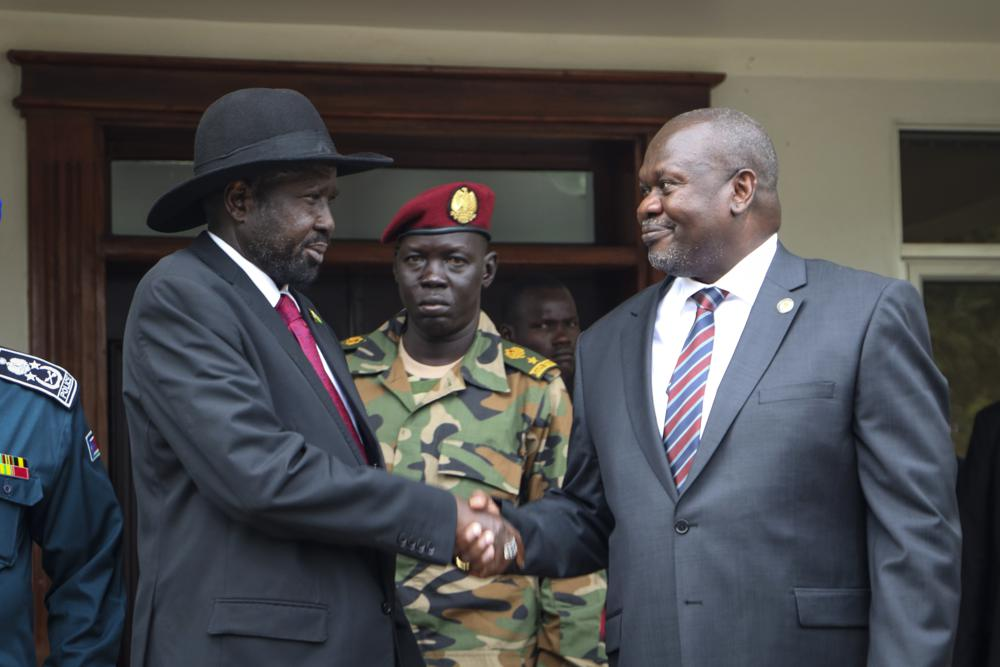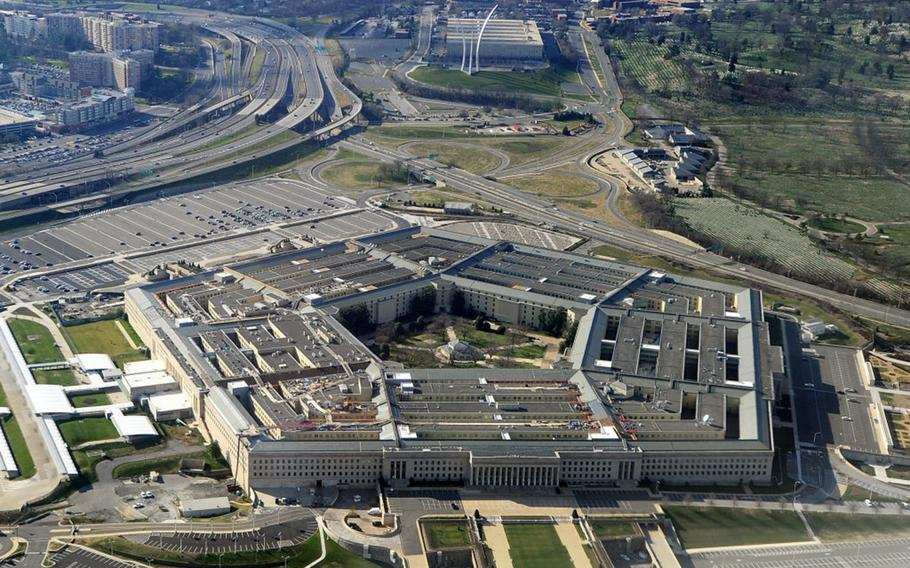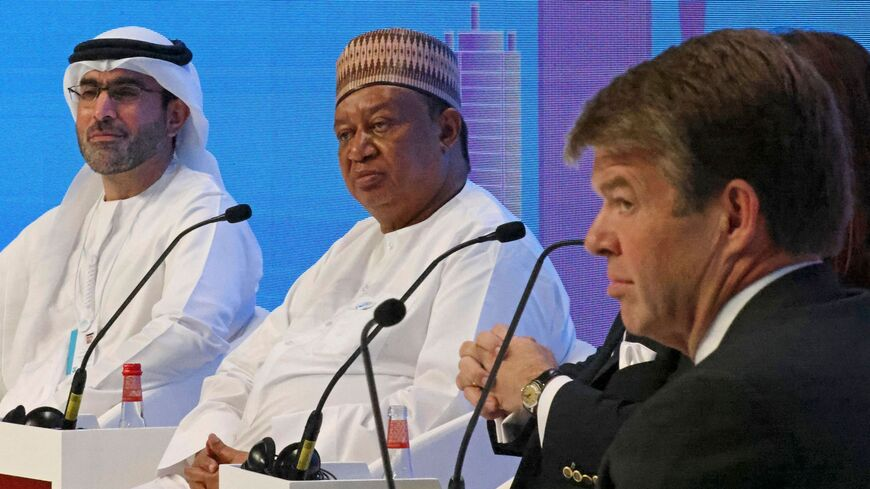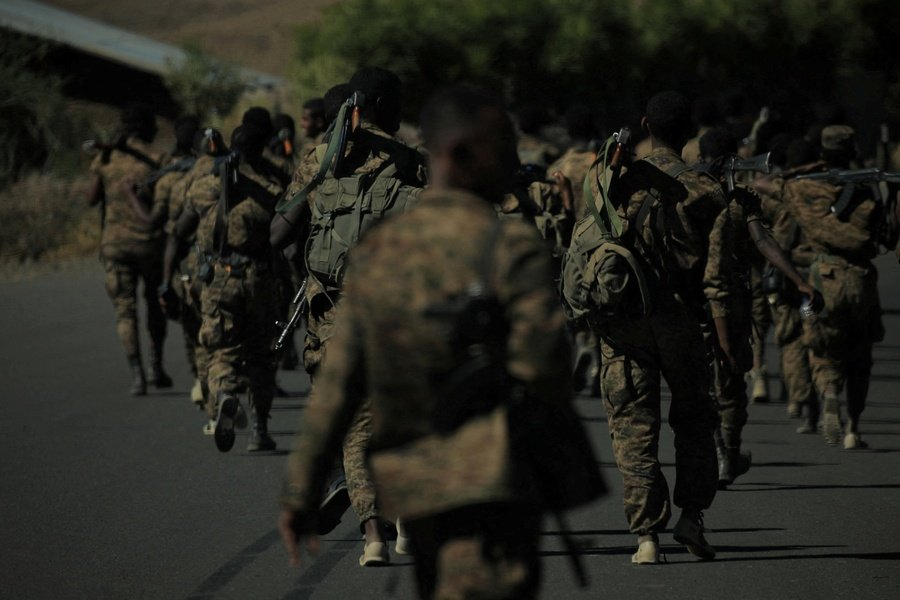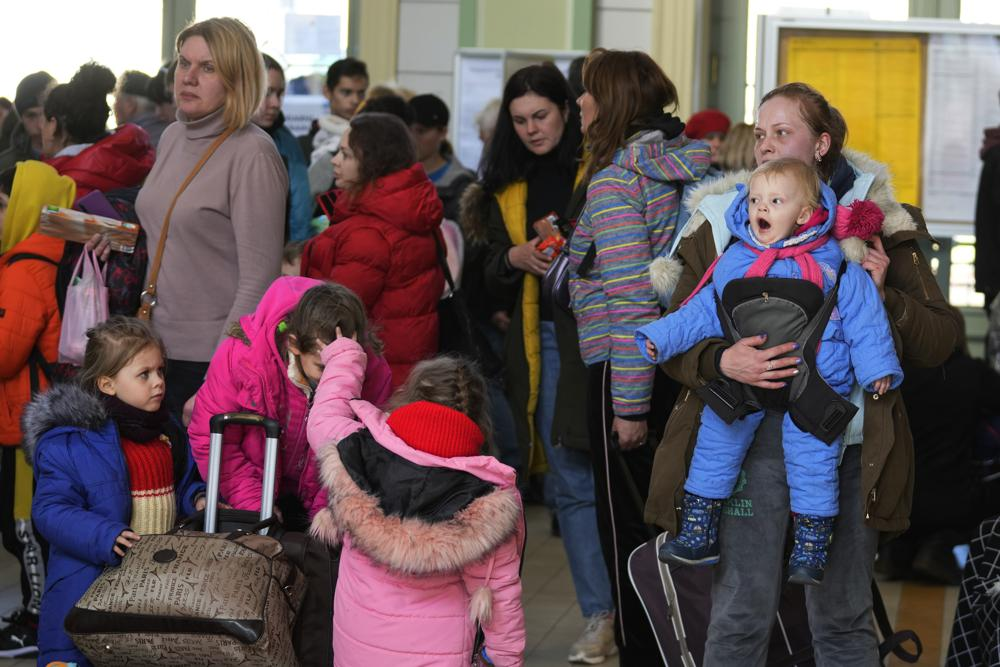The Rising Threat of Nuclear War
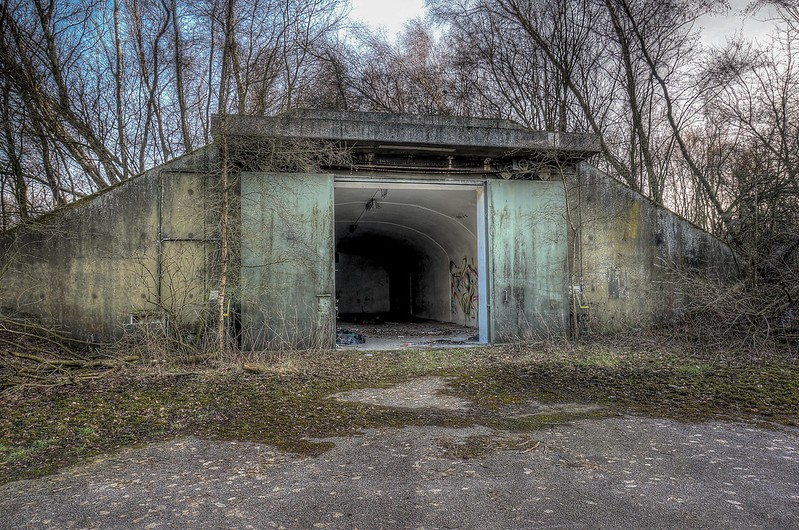
In the early months of 2003, I was in the Kurdish capital Erbil in northern Iraq, an area outside Iraqi government control, waiting for the start of the US-led invasion. The Kurds were all too accustomed to conventional warfare, but what truly terrified them was the prospect of Saddam Hussein’s forces using chemical weapons.


